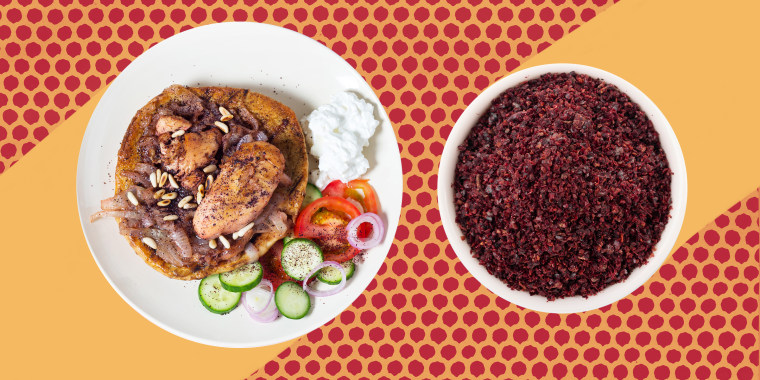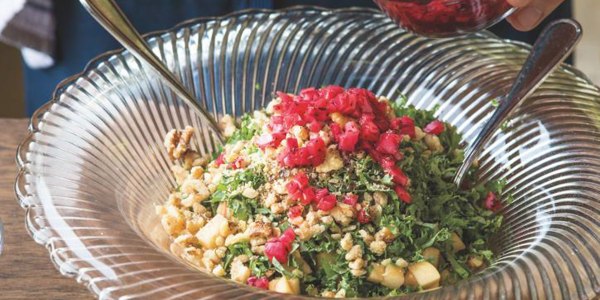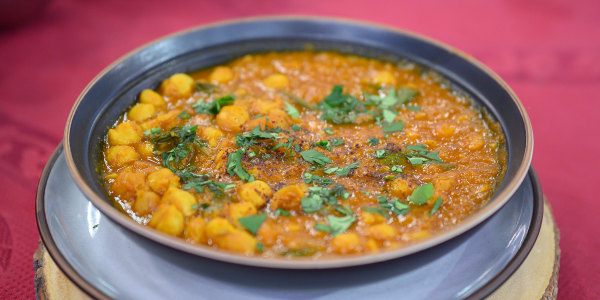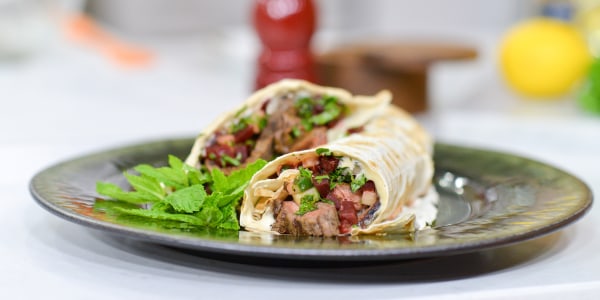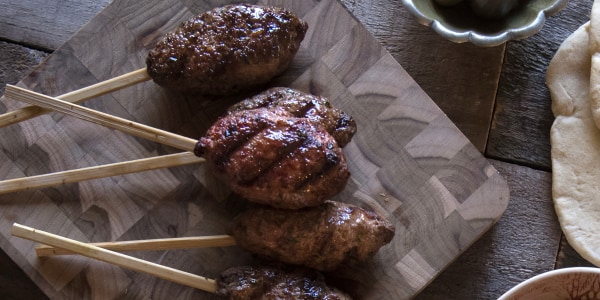Tangy, floral and earthy are three words often used to describe sumac. The vibrant, blood-hued spice is one of the primary ingredients in za’atar but is also a standout flavoring agent when used on its own. Tart, the spice is sometimes used as a “dry acid” in lieu of lemon and adds a dimension of brightness to dishes in Middle Eastern, North African and Central Asian cuisines. Here’s what you need to know about this versatile spice that deserves a spot in your cabinet.
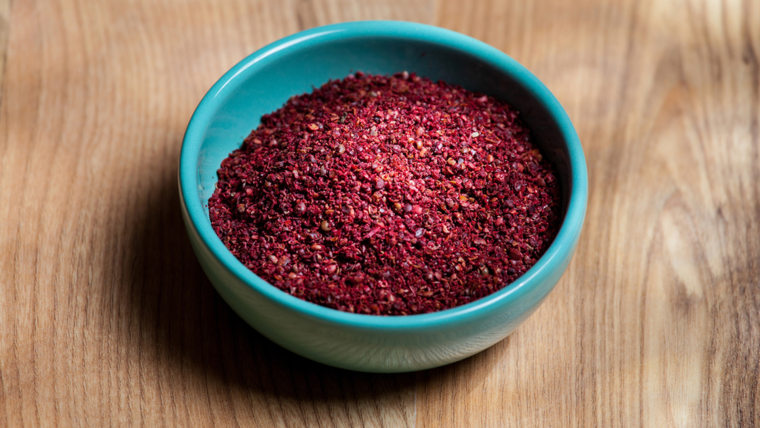
What is sumac?
Sumac is the name of a spice, but it’s also the name of a flowering shrub with over 150 different species growing around the world. It grows wildly throughout Iran, Turkey and North Africa. It also grows throughout North America, with the most common version in the United States known as Staghorn sumac (it also has a poisonous cousin, but that one produces white berries instead of red). The one most commonly sourced to turn into a spice is Rhus coriaria, also known as Syrian sumac.
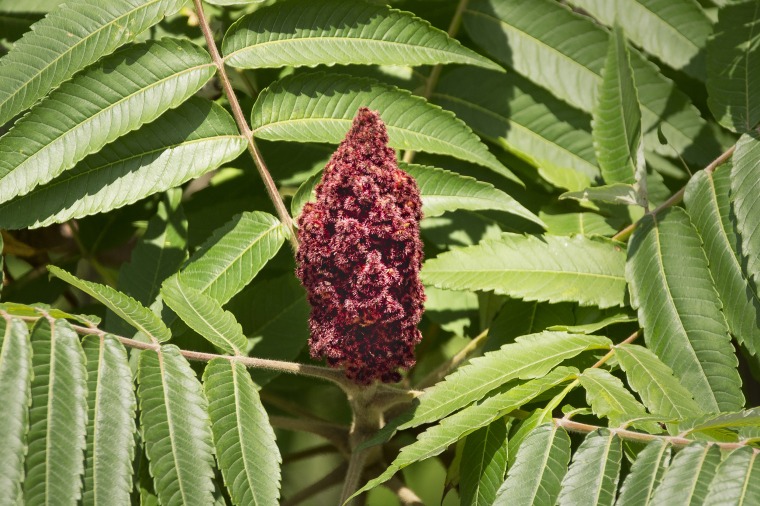
“They have tiny, little berries that look very much similar to barberries, but they're a little bit rounder. Barberries are a little more like oval shaped,” Fares Kargar, the chef-owner of Delbar in Atlanta, told TODAY Food. He does not suggest eating sumac berries off the branch, as they are super acidic.
Native Americans also used the shrubs for a variety of purposes, from using the twigs for medicines to turning the berries into dyes.
Sumac’s versatility
Suzy Karadsheh, the blogger behind The Mediterranean Dish, loves sumac because of how versatile it is. The Egyptian native was first introduced to it by her Jordanian mother-in-law about 20 years ago and has been hooked ever since.
“What makes it extra special is that it is a complex set of flavors all in one. So it's like stringent, sour, smoky, extra tart, earthy all at the same time that you can't replicate just using a little bit of lemon,” Karadsheh told TODAY. It can be used as the main spice in a marinade or as a finishing spice at the end of cooking a dish. “I personally throw it in almost anything, just in moderation. So for example, if I am making a soup and it kind of feels too warm and hearty and I might just need a little brightness to it, I'll throw in a little bit of sumac at the end.”
Who sells sumac?
You can find sumac in most major grocery stores, but seeking out a specialty brand is more likely to yield a spice that’s high-quality and ethically sourced. Spicewalla, for example, sources its spices in small batches from suppliers. “We buy Turkish sumac. And we sell a reasonable amount of it as a standalone spice, but we use a majority of it to make za’atar which is probably in one of our top five spice blends that we sell,” said founder Meherwan Irani, who is a fan of sprinkling it on kebabs.
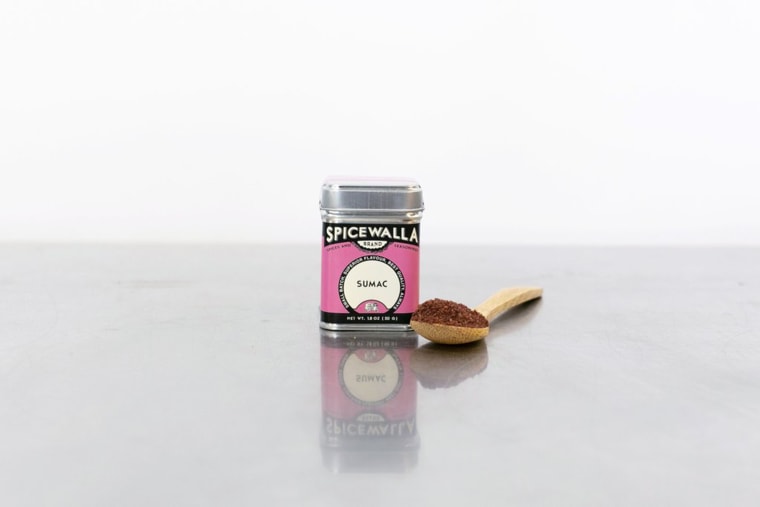
Other companies that sell ethically sourced versions of the spice include Burlap & Barrel, which sells a Turkish sumac that’s been cured in salt, giving it a slightly fermented flavor, and Curio Spice Co., which sells a salt-cured sumac from Turkey as well as a wild-harvested variety from Lebanon.
If you can purchase the fresh berries, typically sold on branches, you can try your hand at making your own sumac powder. Kargar explained the process: “When it’s fresh, you want to dry it out first. Let it sit in the sun, or burn it slowly in the oven to dehydrate it basically. Then you grind it.”
How to use sumac
No surprise here, but an ingredient as widespread as sumac is used in different ways across cultures. In Persian cooking, explained Kargar, sumac is typically reserved for garnishing rice and kebabs rather than used in marination. In Turkish kitchens, though, it’s used to coat adana (ground lamb) kebabs before grilling.
Musakhan, a traditional Palestinian roasted chicken dish, prominently features sumac. “It's a dish that is made to celebrate the olive oil harvest, but it's very heavy on sumac, like sumac as a main ingredient,” said Karadsheh. The chicken is coated in a spice blend and then roasted before being served atop flatbread blanketed in caramelized onions (also cooked in sumac).

You can even add sumac to desserts. For example, said Karadsheh, if you’re making a fruit salad with a honey glaze, add a pinch of sumac and some fresh mint to play off of the sweetness of the fruit and balance everything out. She’s even been known to add a pinch to a cake recipe (it would make the citrus notes in this lemon cake sing).
You can also make a refreshing drink similar to a traditional Native American herbal remedy known as sumac lemonade. Though the traditional recipe calls for fresh berries, a combination of the powdered spice, water and simple syrup ought to do the trick.
Once you try sumac, though, you might be tempted to put it on everything — and we don’t blame you. Sprinkle some on top of avocado toast (or even a bagel with avocado and radishes like Dear Friend in Atlanta), add a pinch to your scrambled eggs, go savory with your yogurt bowl and sprinkle some atop it, or turn it into a colorful sumac-salt rim for cocktails.
